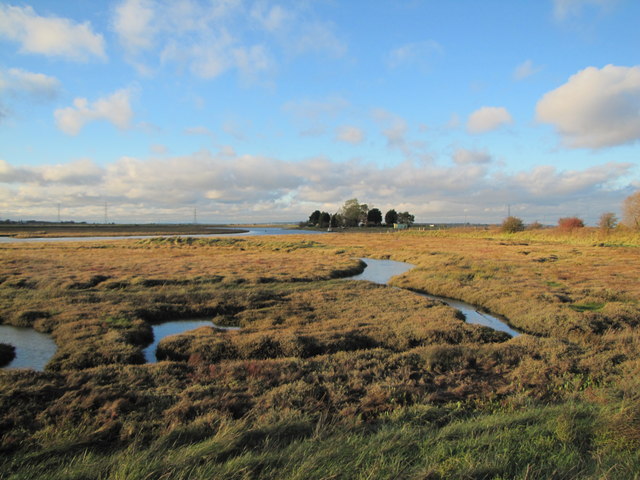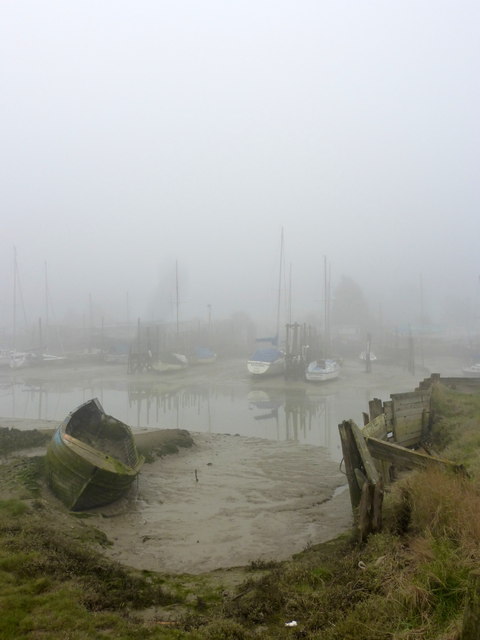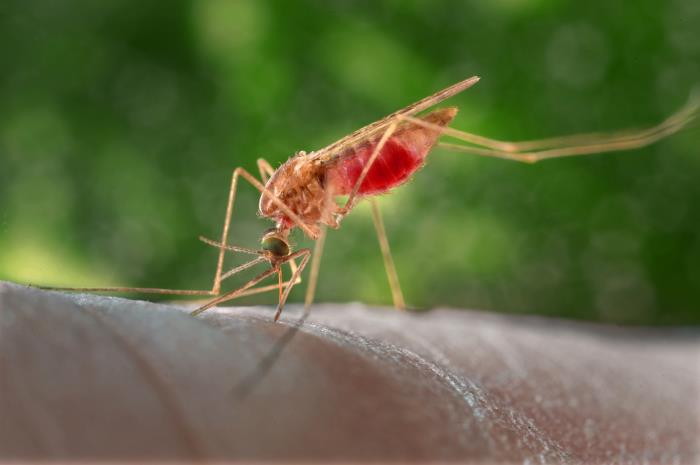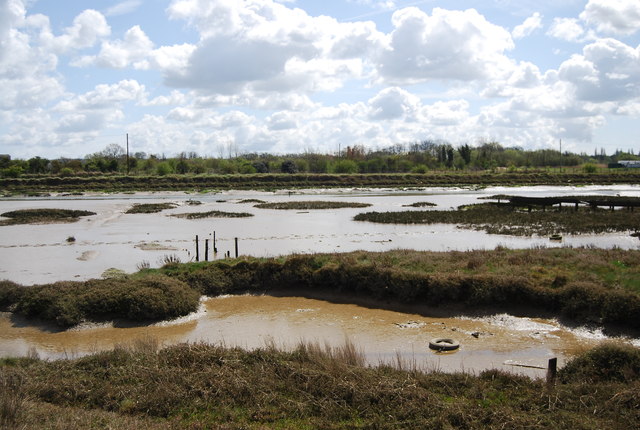Words Posy Gentles Photographs Various

© Matthew Chadwick
Faversham lies in one of the most significant areas of saltmarsh in Britain: what remains of the vast Thames estuary which once reached to Westminster itself and has been gradually drained and embanked since at least the 12th century. ‘The capital grows seaward on its veneer of engineering; the splendour of Canary Wharf stands on tidal ooze,’ says Clive Chatters in his book Saltmarsh.

Gloom and foreboding © Pam Fray
It is probably true to say that this landscape does not have a place in the nation’s heart, like the Lake District or the Dorset coast. An insalubrious history and an almost hackneyed expectation of bleakness have not endeared it, yet saltmarshes have been identified in this century as the second most valuable ecosystem in the world in terms of the services they provide to humans. Faversham Life takes a look at some of what frames the relationship between Faversham’s landscape and the people who live here today and in the past.
Let’s start with Great Expectations and mosquitoes. When Magwitch lurched out from behind a gravestone, demanding ‘wittles’ from a terrified Pip, Dickens set the tone of bleak menace for the marshland of North Kent. The landscape is unchanged since Dickens described it in 1860: ‘The dark flat wilderness beyond the churchyard, intersected with dykes and mounds and gates, with scattered cattle feeding on it, was the marshes; and the low leaden line beyond, was the river; and the distant savage lair from which the wind was rushing, was the sea’.

Southcliffe © Channel 4
It is this which draws filmmakers to Faversham. A 2012 television adaptation of Great Expectations was set on Oare marshes, and in 2013, the grim and disturbing Southcliffe drama serial relied on shots of Faversham’s marshes and the pylons to set its atmosphere of gloom and foreboding.

Behind the scenes filming Great Expectations at Oare marshes © Kent Film Office
In the past, these saltmarshes were not a healthy place to live. Matthew Hatchwell, a wildlife conservation consultant who is working with the Faversham Society among others to increase awareness of the area’s rich natural heritage, says: ‘In 1840, the life expectancy of those living north of the A2, or Watling Street as it then was, was ten years lower than for those living on the higher ground to the south.’
Marsh ague (what we call malaria) was a major killer. It was only towards the end of the 19th century, that it was discovered that the illness was transmitted by mosquitoes rather than being caused by foul odours. The derivation of the word malaria is the contraction of the Italian ‘mala aria’, translating as bad air.
There are about 10 species of mosquito found on the North Kent marshes. The predominant species is Anopheles atroparvus which was, until the last case of home-grown malaria was recorded on the Isle of Sheppey in 1952, the main transmitter of malaria. Gabriella Gibson is a professor of medical entomology at the University of Greenwich. She is presently engaged in a collaborative interdisciplinary project called Taking the bite out of wetlands: Managing mosquitoes and the socio-economical value of wetlands for well-being. She explains why we now have nothing to fear: ‘Anopheles atroparvus was responsible for transmitting a species of malaria that has not been seen for decades in Europe and is assumed to be extinct (or more accurately, not found in mosquitoes or humans for decades, and therefore unlikely to still be present). Malaria was certainly present in the UK and is no longer and the reasons are mainly changes in social conditions over the decades.’

Anopheles atroparvus
Gabriella says that the North Kent mosquito much prefers to feed on cattle than on humans. ‘But there was a time when people who lived in the malarial areas were too poor to build separate structures to house their animals and themselves. The animals were generally kept on the ground floor, and the family slept on the floor above to benefit from the warmth of the animals.’
As living conditions improved, cattle and people started to inhabit different buildings and contact between malarial mosquitoes and people diminished. Gabriella says: ‘Fortunately, the species of malaria parasites that caused disease in humans had no effect on cattle – indeed, malarial parasites that were transmitted from people to cattle by mosquitoes were killed by the cattle’s blood, so gradually this species of malarial parasite died out. This is a very good example of how little it can take to break a cycle of parasite transmission that depends on continuous exposure of each element in the cycle (mosquito, parasite, blood host).’

Oare Creek © N Chadwick
The days of marsh ague past, saltmarshes are now identified as the second most valuable ecosystem for humans, after coral reefs.
Over the past 30 years, scientists and economists have started looking at landscapes in a new way. Thanks to their work, there is now a much better understanding of the value of ecosystems in terms of the services they provide to humans, and a way to give these services a monetary value. Leading ecological economist and professor of public policy Robert Constanza says: ‘The reframing of the way we look at “nature” is essential to solving the problem of how to build a sustainable and desirable future for humanity.’
Constanza’s accounting methods have shown saltmarshes globally to have an average value of $194,000 per hectare per year. The services provided by saltmarshes include carbon sequestration, storing it indefinitely in peat and thereby helping to reduce climate change. Saltmarshes also have a cultural value in that they provide recreation, and often protect archeological sites and artefacts. The marshes contribute to healthy fish and shellfish stocks by providing many of the nutrients they need.
There is also an economic value to the role of saltmarshes in absorbing the impacts of waves and high tides, lessening the need for man-made seawalls or other types of coastal defences. There is value in the richness and diversity of the flora and fauna associated with saltmarshes. Birdwatchers, hikers and nature lovers are drawn to the marshlands around Faversham not only by their internationally important populations of migratory birds, but also by plants such as Hog’s fennel which was prized in the past for its medicinal qualities and is extremely rare in the UK.

‘Marsh Sunset’ by Paul Fowler
In his recent book Saltmarsh, Clive Chatters says: ‘If we want to safeguard the natural wealth of coastal saltmarshes there is an urgent need to make space for them to move. In the south of Britain, this means we must look to tidal rivers and land behind seawalls to accommodate the migration of intertidal habits.’ In the long term, that would mean taking steps to expand the saltmarshes around Faversham to restore ecological processes and counteract the effects of climate change and rising sea levels.
The significance and future of our saltmarshes is a vast subject and we urge you to read those more learned than us. See below.
NB One of the many species that benefits from tidal marshes is the critically endangered European eel. Following Faversham Life’s article on eels and the efforts of Matthew Hatchwell and others, two new eel passes will be installed in coming months at the Stonebridge allotments.
Saltmarsh by Clive Chatters, Bloomsbury
Changes in the global value of ecosystem services by Robert Constanza
WetlandLIFE Taking the bite out of wetlands